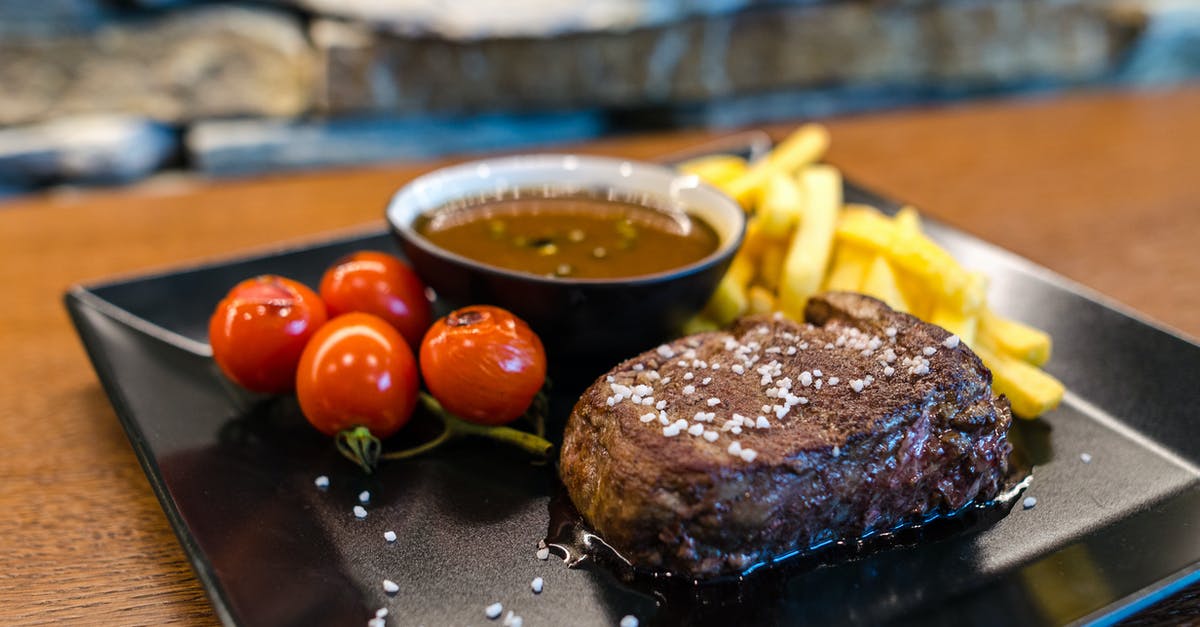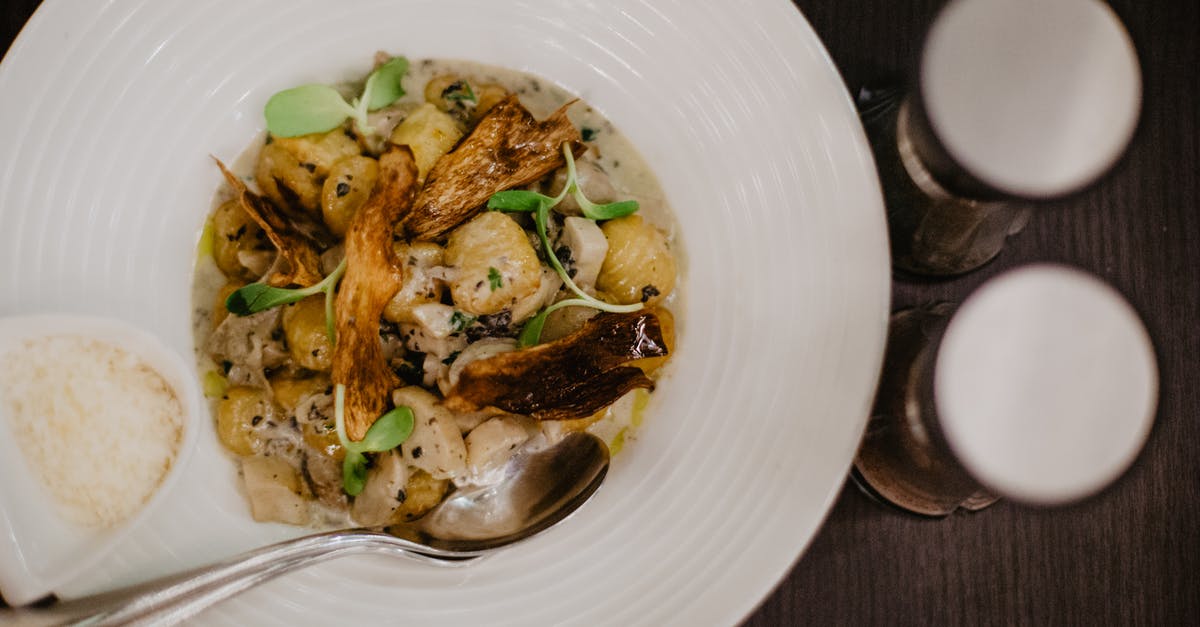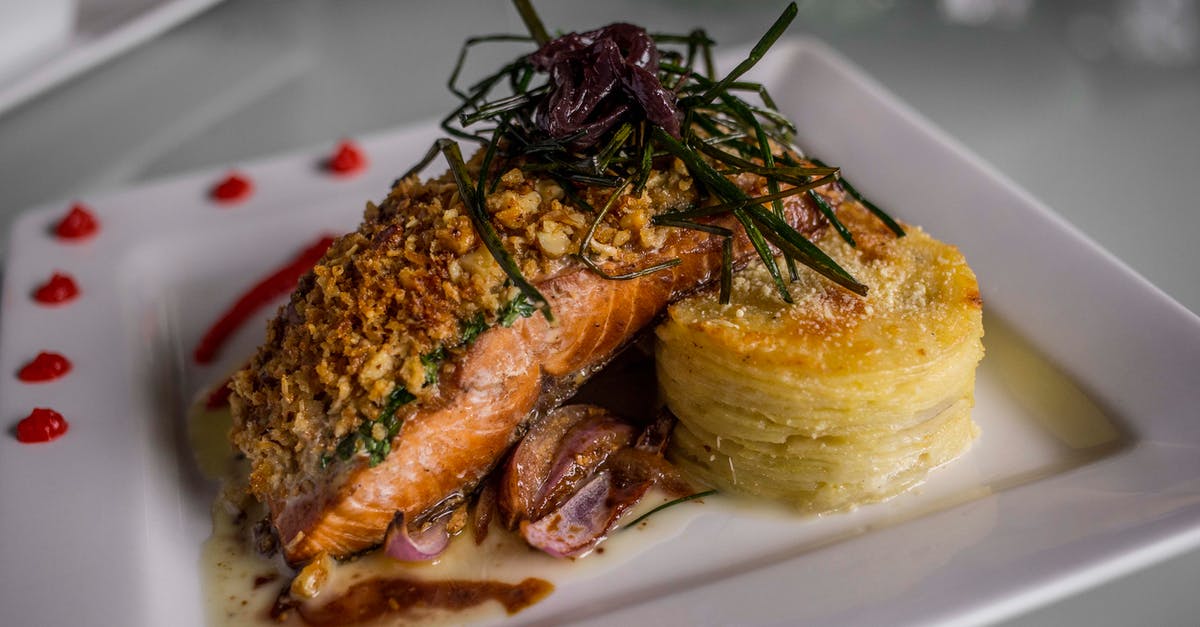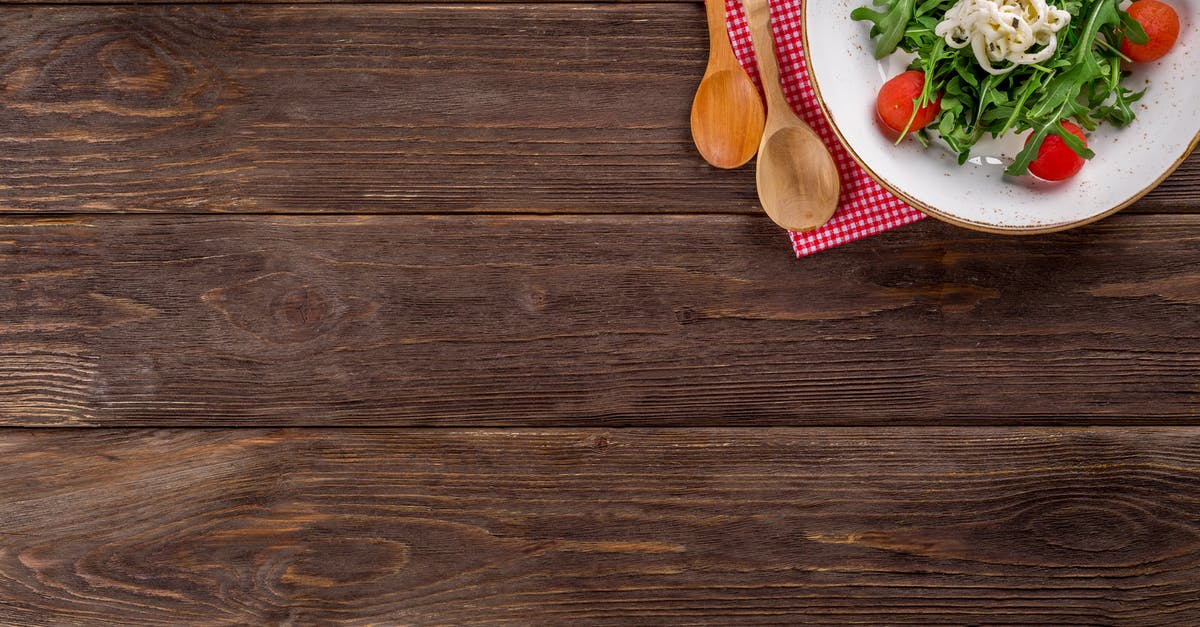Syracuse Salt Potatoes - what's the deal?

Recently I've learned about salt potatoes, which is a regional dish from Syracuse, NY. Basically, you put about 1 cup of salt to 6 cups of water and boil unpeeled potatoes in that water. I've also watched this video before trying to cook - https://www.youtube.com/watch?v=IochM2MoIDA.
What I got as a result was very tasty, however, the thing is that, apart from lightly salty peels, my salt potatoes tasted exactly like regular ones.
In Wikipedia it is said that:
The resulting potatoes are creamy, as the starch in the potatoes cooks more completely due to the higher boiling temperature of the extra-salty water.
My question would be--what sets apart (in terms of taste) salty Syracuse potatoes from regular ones, and how can I understand that I've cooked them properly? Maybe I've just used too little salt, maybe the salt shouldn't be regular kitchen salt. Maybe I should boil the potatoes longer (I was afraid that peel would burst and the potatoes would get over-salted).
In other words--again, apart from salty peeling--how can an experienced blindfolded gourmet recognize salty Syracuse potatoes?
Best Answer
I've made these before, and in fact found them to be as you describe; well-salted new potatoes, but not somehow substantially more creamy than standard boiled baby new potatoes. You don't say if you used actual new (young) potatoes, but I did, and did not get different results from yours.
Should it have been different? Well, first, how much "higher" would that boiling point be?
Boiling temperature of water increases by 0.5 C for every 116 grams of dissolved salt per kilogram of water, so for the Chef John recipe, we are looking at an increase of ( 273g / 116g ) * 0.5 / 1.18l, or an increase of just about 1C. This seems unlikely to make a substantial difference in starch texture -- starch conversion temperature ranges are much broader than that.
So, what's the appeal of Syracuse potatoes other than just being salted?
I think I can answer this using quotes from Good Eats:
The consensus among the true believers is that “new” is also an important part of the perfect salt potato equation. New potatoes are simply immature potatoes of any variety, usually harvested in the spring and early summer. Key characteristics of new potatoes include their tender, parchment-like skin, which never needs to be peeled, and their moist creamy texture. Note that new potatoes are not the same as small potatoes.
As the potatoes cook, the supersaturated salted water forms a subtle crust on outside and somehow seals the potatoes so they never taste water-logged like ordinary boiled potatoes often do. They have a unique texture closer to fluffy baked potatoes, only creamier.
I have to say that "somehow seals the potatoes" is a disappointingly unscientific statement from Alton Brown, particularly since we know already from brining that heavy salting affects how various cooked foods absorb and release water. And that is different here, because normal cooking time for small new potatoes is more like 10-15 minutes and the salt boil allows the potatoes to boil for more than 50% longer without becoming waterlogged and mushy.
But here's another important part:
Back in the 1800s, blue-collar Irish miners in The Salt City headed off to work each day with a small bag of substandard potatoes.
Note the "substandard" potatoes, which might include young potatoes that are too green or too hard. Likely for those the extra 8 minutes of cooking time makes a much larger difference that it does for the near-perfect baby potatoes I bought.
So, my conclusion: the primary reason to do Syracuse salt potatoes is because they come pre-salted out of the pan. The secondary reason is because the longer cooking time benefits the texture of the potatoes in subtle ways, but this difference is very subtle indeed if you start the recipe with high-quality potatoes that would have been creamy anyway.
Pictures about "Syracuse Salt Potatoes - what's the deal?"



Are salt potatoes different from regular potatoes?
In the cooking process, the salty water forms a crust on the potato's skin and seals it which helps to prevent salt potatoes from tasting waterlogged as ordinary boiled potatoes sometimes do. As a result, salt potatoes have a unique texture that is similar to that of a baked potato.Are salt potatoes only in New York?
Salt potatoes are a regional dish of Syracuse, New York, typically served in the summer when the young potatoes are first harvested....Salt potatoes.Cooking salt potatoesCourseSide dishPlace of originUnited StatesRegion or stateNortheastServing temperatureHot2 more rowsWhy are salty potatoes so good?
They are definitely different from regular boiled potatoes. Regular boiled potatoes get soggy and bland inside and mushy. Salt potatoes get a crispy skin and creamy inside.What does salty potato mean in slang?
By no official definition, a salty potato means someone who is attractive. If they are easy on the eye, fit and genuinely make you think aloud 'he's alright', then that person is a salty potato. It is not to be confused with the term salty.Syracuse Salt Potatoes - New Potatoes Boiled in a Salt Brine
More answers regarding syracuse Salt Potatoes - what's the deal?
Answer 2
Adding that much salt will raise the boiling point, which may have an effect on the creaminess of the potatoes, however I've seen no actual evidence of that.
If you wanted to compare you'd have to do an experiment where you used identical potatoes, the same amount of salt and water in the same pots and controlled for temperature. In one pot you'd let it get as hot as it can, in the other you'd turn down the heat once it reaches 100°C (212°F). Cook them until they reach the same fork doneness level, then drain and serve blind. If the high temperature ones have a creamier texture you have an answer.
Answer 3
From the linked video - I've never seen anyone boil potatoes without the pan lid on. I don't know how much that actually would raise the temperature, but it definitely 'increases the boil' somehow.
You can see this best if you're simmering at the lowest temp with a glass-lidded pan. Take the lid off & the bubbling almost stops; put it back & it increases again.
The recipe looks pretty much identical to Canarian Potatoes, except they get a little extra dry heat after pouring the water off.
When I make those, I just give them 20 mins or so at the boil, which is longer than I would for mash. As noted, you don't want to be poking holes in them too much, but they really shouldn't fall apart if you give them just a few minutes longer.
It could be the potato type itself - maybe experiment with different varieties from waxy to floury - but for my Canarians I just use whatever I can get in a small size; I don't actually specifically look for 'new potatoes' [waxy] as it says in the Wikipedia link. I've never thought the real ones from the Canaries used new pots either & I've eaten them a lot.
It's usually pointless trying to use 'named potatoes' between UK & US recipes, as we simply don't seem to have the same types in common at all, but I'd use Maris Pipers rather than Charlottes, for example, though usually there's a complete lack of identification on the packs in the UK, they're just labelled "small potatoes".
Sources: Stack Exchange - This article follows the attribution requirements of Stack Exchange and is licensed under CC BY-SA 3.0.
Images: Lukas, ROMAN ODINTSOV, Mikele Sobrevilla, Pixabay
